Admiring the Abstract in Basel’s Kunstmuseum
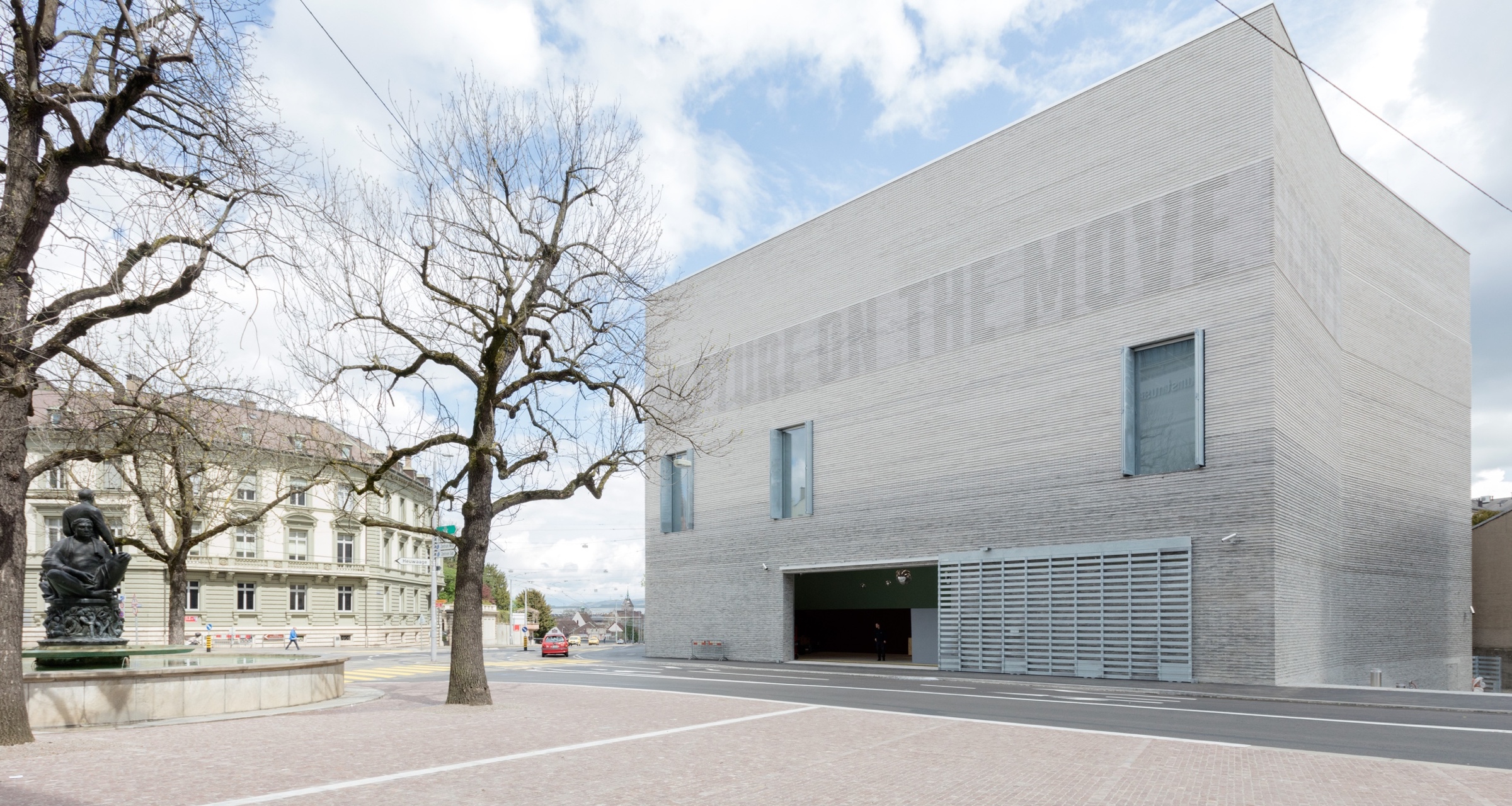
The new building of the Kunstmuseum Basel. Photograph: Julian Salinas
After speaking at Smashing Conference in Freiburg last month, I spent the following 6 days visiting the nearby cities of Basel and Strasbourg. Of the three, Freiburg was the most enjoyable – a reminder of my fondness for Germany – while Strasbourg took the prize for being the most beautiful. Basel however, felt somewhat soulless and bland, recalling memories of a previous visit to Zurich. Perhaps unsurprisingly, I spent a good portion of my time in Basel actually a couple of miles away at the Vitra campus, situated across the border in Weil am Rhein, Germany.
One of my reasons for visiting Basel was to see the extension to its art gallery, and thankfully, this didn’t disappoint. You might think the abundance of grey throughout this new building would make for a tedious space, but the variety of materials – pristine steel, polished marble, textured plaster, offset by oak parquet flooring in the gallery spaces – made for a remarkably warm and uplifting atmosphere. The transition between the new and old buildings was thoughtfully considered also.
As I explored the exhibits, I jotted down the artists whose work caught my attention. Reviewing this list some weeks later, I thought I’d share my findings.
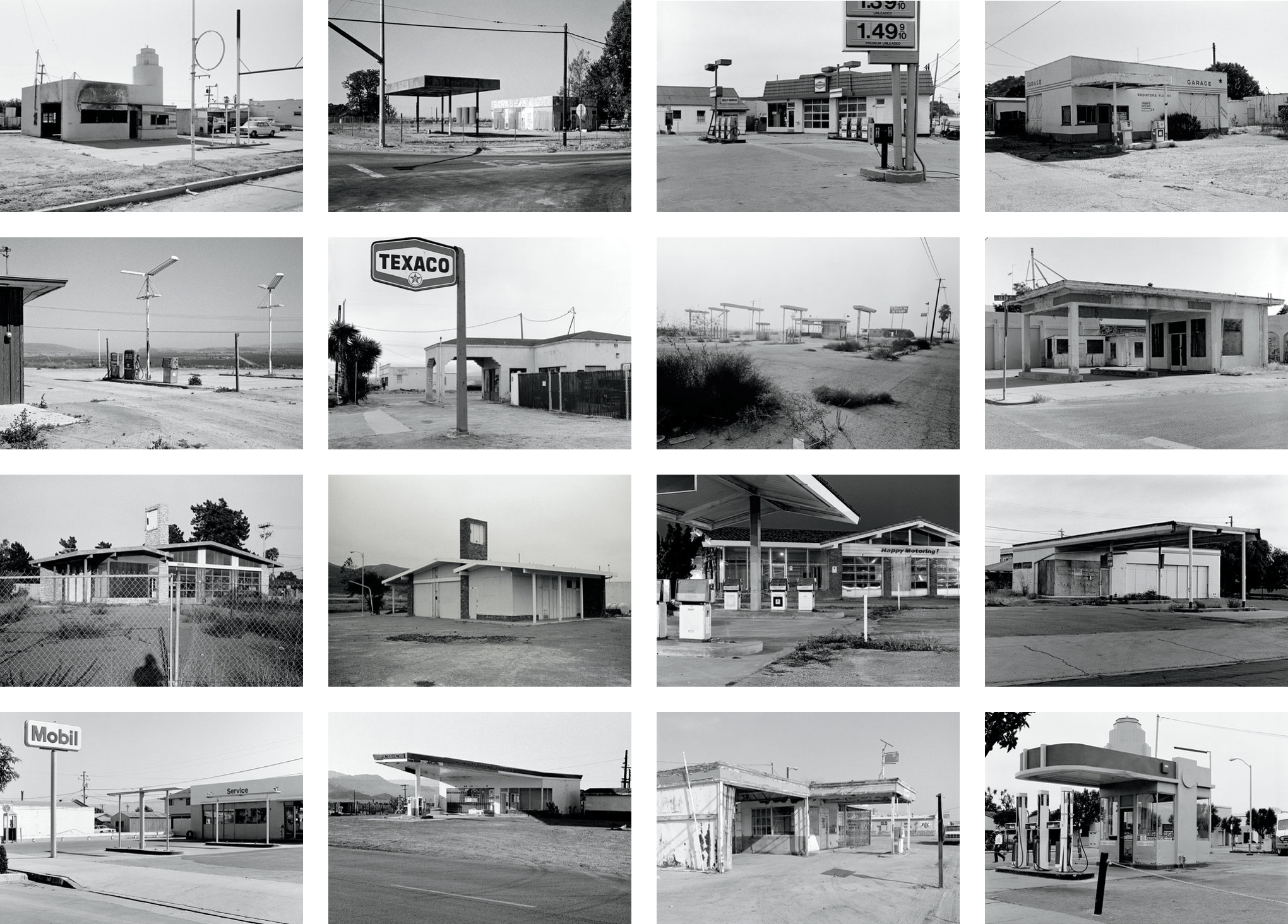
Edward Ruscha, Twentysix Gasoline Stations, 1963
Two of the rooms in the new building were devoted to photography, the first featuring the work of Edward Ruscha. On display was his series Twentysix Gasoline Stations, a selection of which can be seen above. Another series, Thirtyfour Parking Lots in Los Angeles was possibly more captivating, not least because his aerial photographs took on a more abstract and alien tone.
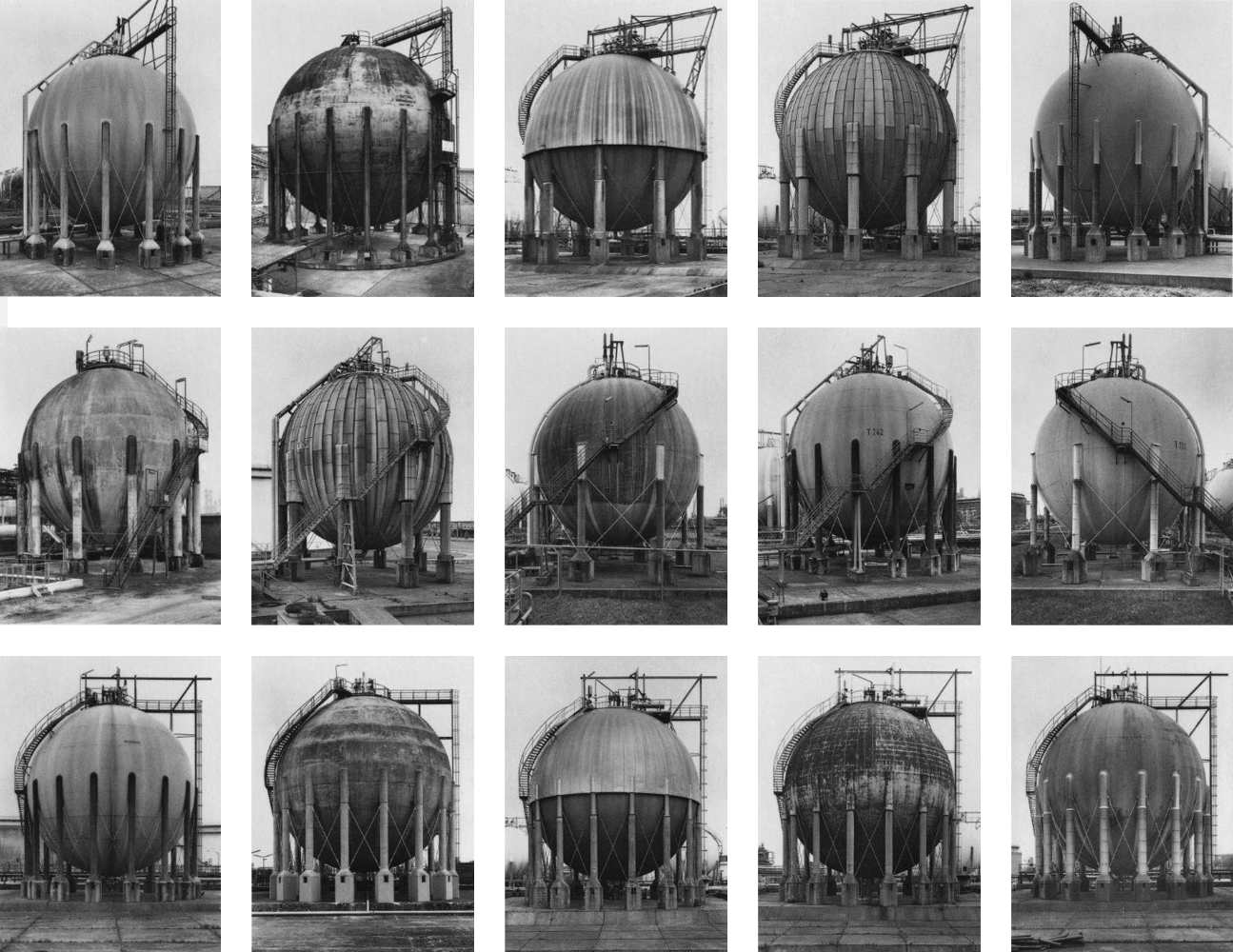
Hilla and Bernd Becher, Gas Tanks, 1983-92
The strength of Ruscha’s work comes from a keen focus on a particular subject matter and repetition thereof, but arguably the work of Hilla and Bernd Becher is more successful. This is quite something, when you consider that their photography is trained on Europe’s mundane post-war industrial landscape. Each series is focused on a particular type of building – water towers, coal bunkers, gas tanks – and given a consistent framing, you begin to study which elements are needed for these structures to function, and which are more idiosyncratic in nature.
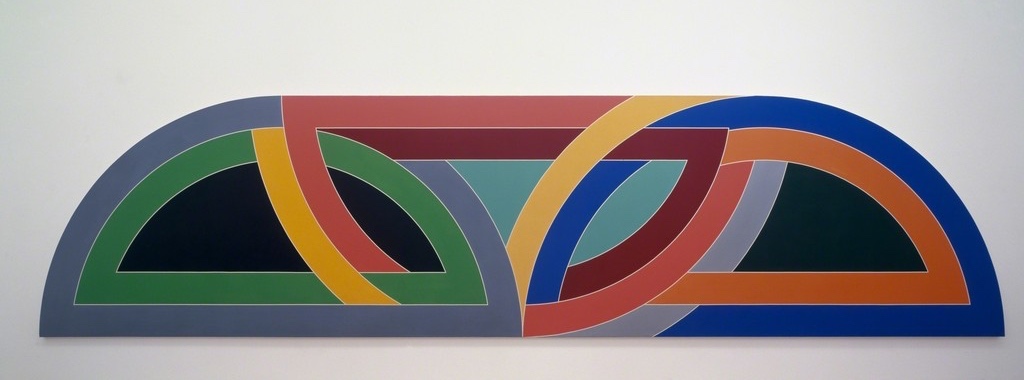
Frank Stella, Demaskus Gate: Variation 1, 1969–70
Within the underground foyer that links the old and new buildings, I found more to excite me. I was drawn into this space by Frank Stella’s large and colourful Demaskus Gate: Variation 1. The simplicity and abstract nature of this piece, reaffirmed my appreciation for such work. Sat alongside similar pieces from both Stella and other artists, within this space I found it hard to ignore how my brain is wired, certainly in terms of its visual sensibilities.
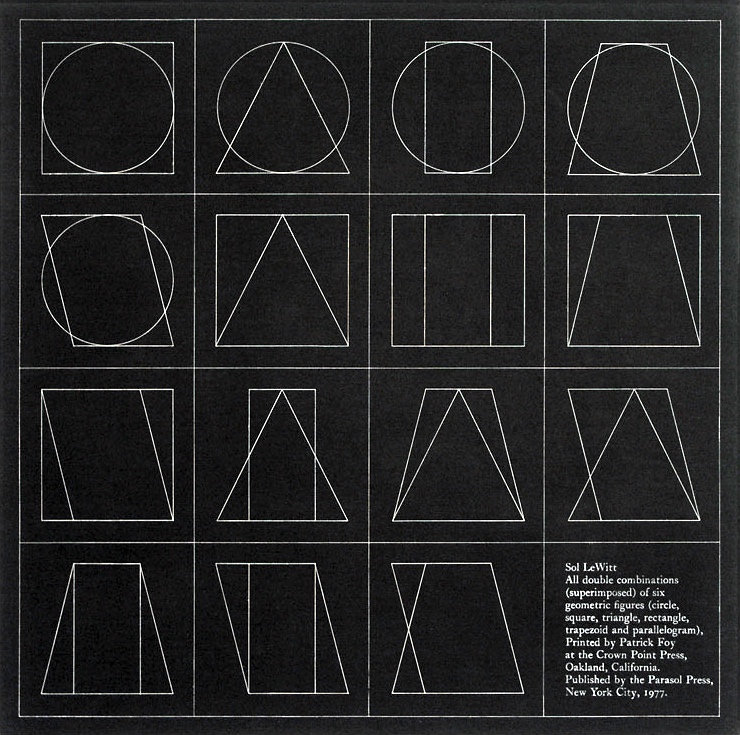
Sol LeWitt, All double combinations (superimposed) of six geometric figures (circle, square, triangle, rectangle, trapezoid and parallelogram), 1977
Along the far wall, Sol LeWitt’s arrangement of geometric shapes had been recreated. Not only was this striking, but I thought it worked well as an artistic representation of a front-end component library.
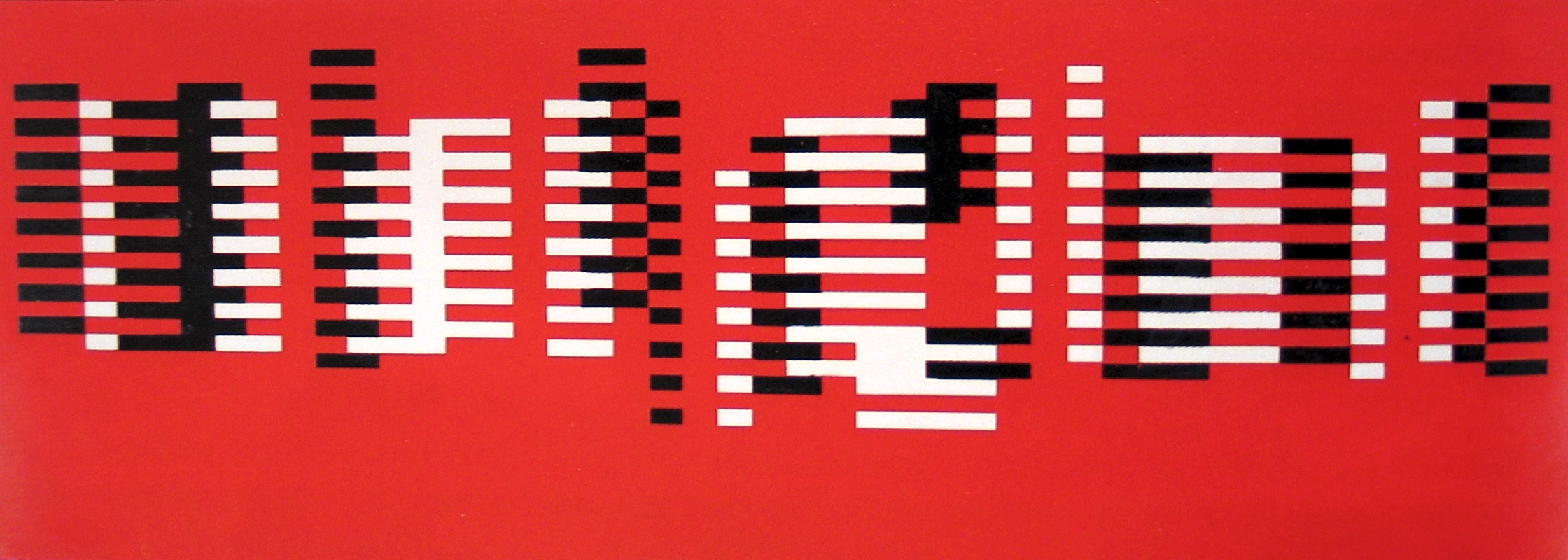
Josef Albers, Fugue, 1925
The final piece in this foyer that caught my eye was that by Josef Albers. I’m fairly certain I’ve seen Albers work before, but on reviewing the combined collection of items created by both Josef and wife Anni, these are two artists whose work I need to spend more time with.
Moving on to the original building, art of the classical periods was abundant, with a large selection of work from well known artists evident also. Walking round the galleries, it was clear that my A-level in art history hadn’t gone entirely to waste, as I correctly guessed many of the artists before checking the labels next to their work.
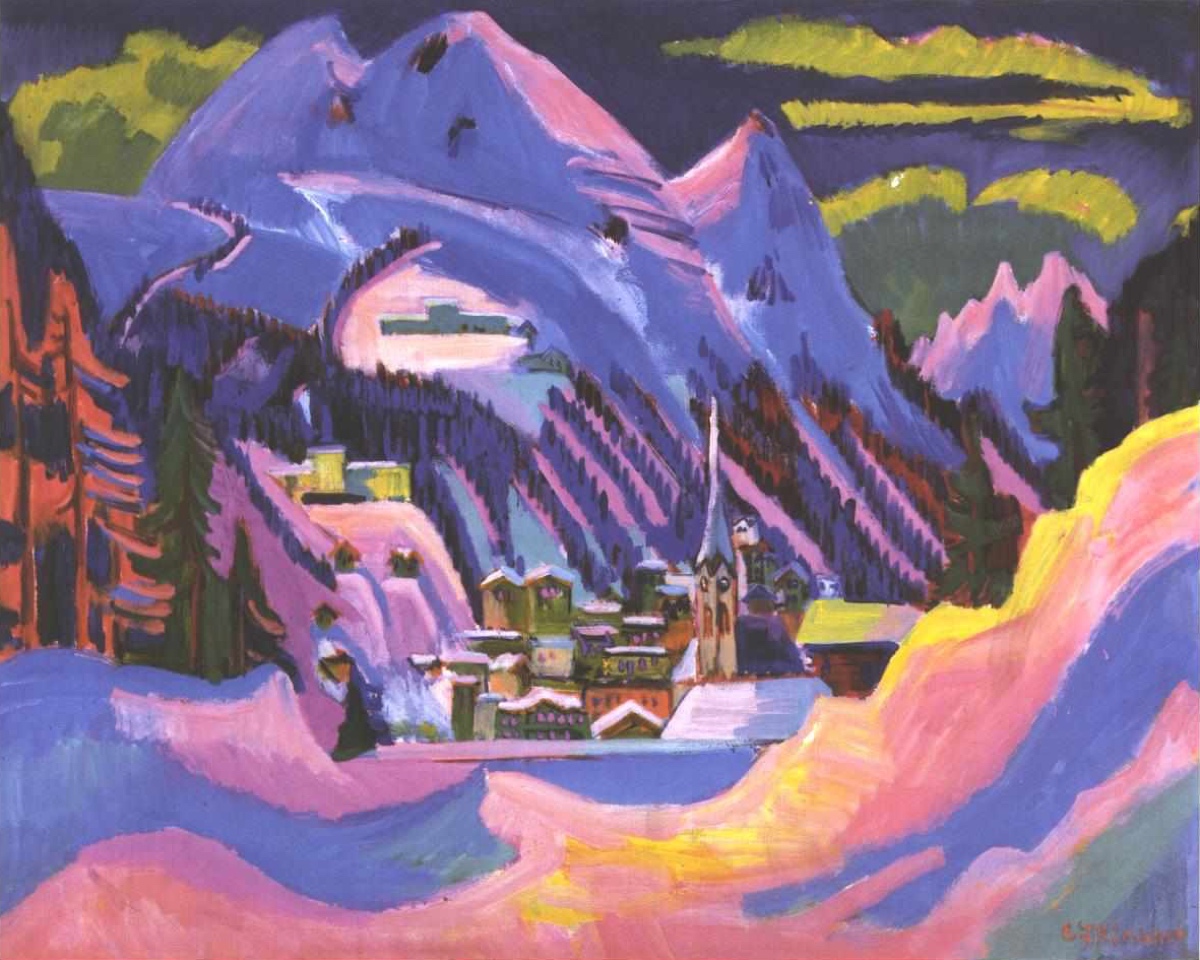
Ernst Ludwig Kirchner, Davos In Snow
New to me however was the work of Ernst Ludwig Kirchner, whose blocky and colourful expressionist style was used to describe the appearance of a snow covered Davos. This was one of his many paintings of the Swiss municipality, this being the place that rekindled his love of art, having suffered a much darker existence in his native Berlin.
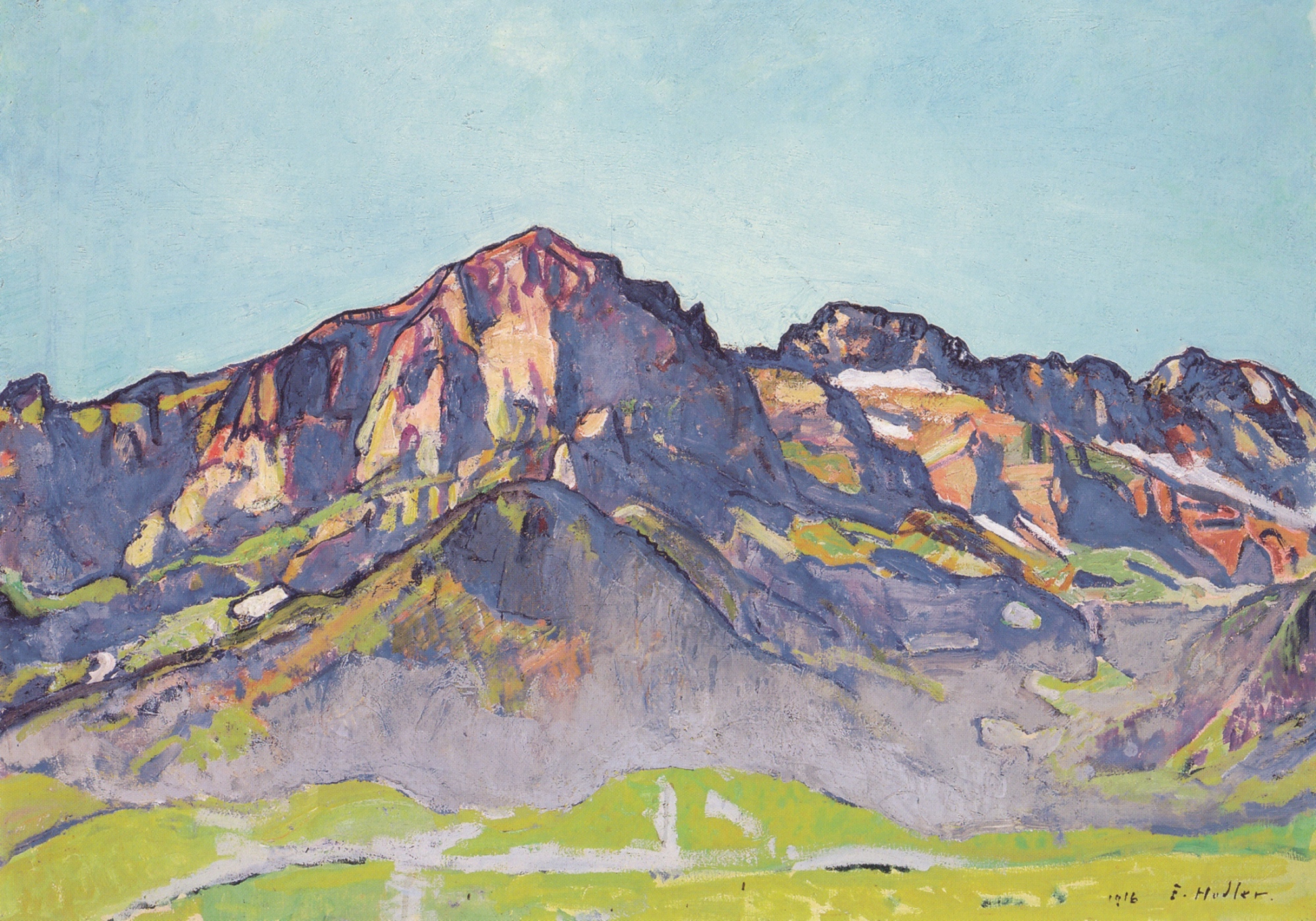
Ferdinand Hodler, The Dents Blanches In Champéry At The Morning Sun, 1916
Finally, I was drawn to this painting by Ferdinand Hodler. Again, the expressionist style appealed to me, not least its vivid palette and the contrasting highlights along the mountainside. I’d experiment with this style myself, if I painted. Hmmm, maybe I should start?